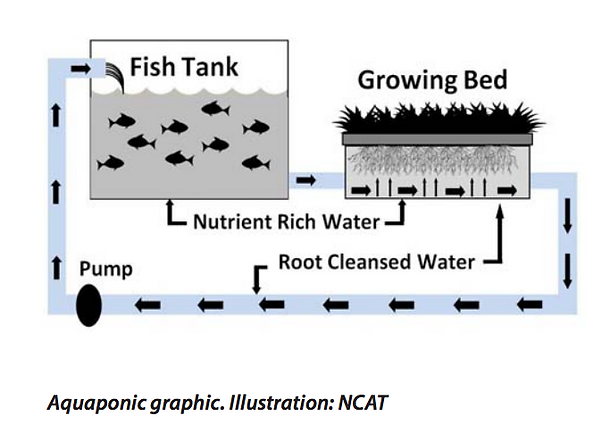Vertical Farming
Indoor Agriculture of the Future

What is Vertical Farming?
With the global population set to be over 9.5 billion by 2050, there will be many more mouths to feed. There are many guidelines which humanity must follow to provide food for all these people, one of which is to increase crop yields on existing farmlands. This may be done in a variety of ways, but vertical farming could be a solution, building upwards instead of outwards. Vertical farming is the practice of growing produce indoors with controlled lighting, nutrients, and temperatures. The space-efficient mode of agriculture is stacked many layers tall and can be built in empty city buildings and agriculturally unproductive lands. Though the concept of vertical farming has only been around for several decades, it is now a burgeoning practice in the US. These farms have a few soil-free varieties: hydroponics, aeroponics, and aquaponics. The methods have many social and environmental effects.

Pros and Cons of Vertical Farming
Pros
-
Continuous Crop Production
The technology ensures crop production throughout the year, also being more efficient space-wise.
-
No Herbicides or Pesticides
Controlled growing environments allow a reduction or an elimination of herbicides and pesticides.
-
Controlled Climate
Crops in a vertical farm are protected from nature's harsh elements, such as hail, droughts, and floods.
-
Water Conservation
Vertical farm techniques use 70% less water than normal forms of agriculture by misting plant roots.
-
No Large Farm Equipment
Indoor farming reduces or eliminates the use of large farming equipment, which produces a lot of CO2.
Cons
-
Land and Building Costs
Building vertical farms in urban locations are very expensive, much less economical than normal farms.
-
Energy Consumption
The energy required for artificial lighting and climate control can also be a costly element.
-
USDA Organic Certification Controversy
Agricultural specialists disagree on whether or not crops grown in vertical farms are truly "organic".
-
Limited Crop Biodiversity
Focusing on high value, rapid-growing crops, other vegetables are not as profitable on vertical farms.
-
Pollination Needs
As there aren't any insects indoors, crops must be hand-pollinated, which is highly time-consuming.

Hydroponic Systems
This vertical farming system is currently the most widespread and predominant. Hydroponics involves growing plants in soil-free nutrient solutions. The plant roots are submerged in the liquid, which is constantly circulated and monitored to assure prime chemical composition. Substrates such as gravel may also be used. Crops are meticulously checked for quality and growth.

Aeroponic Systems
NASA first developed this technique of indoor farming in the 1990s, in hopes of creating an efficient way to farm in space. These farms grow crops without soil, misting the roots. Aeroponics systems use 90% less water than hydroponic systems. The plants that are grown in this fashion uptake more vitamins, making them healthy, and possibly even more nutritious.

Aquaponic Systems
This method of vertical farming is similar to the hydroponic system but uses fish and plants in the same ecosystem. The fish are grown in indoor ponds, producing waste that feeds the plants on the farm. The plants purify waste from the water, which is then recycled back to the fish. Most aquaponics systems are used in smaller-scales, standardized equipment may make this form of vertical farming more popular.
